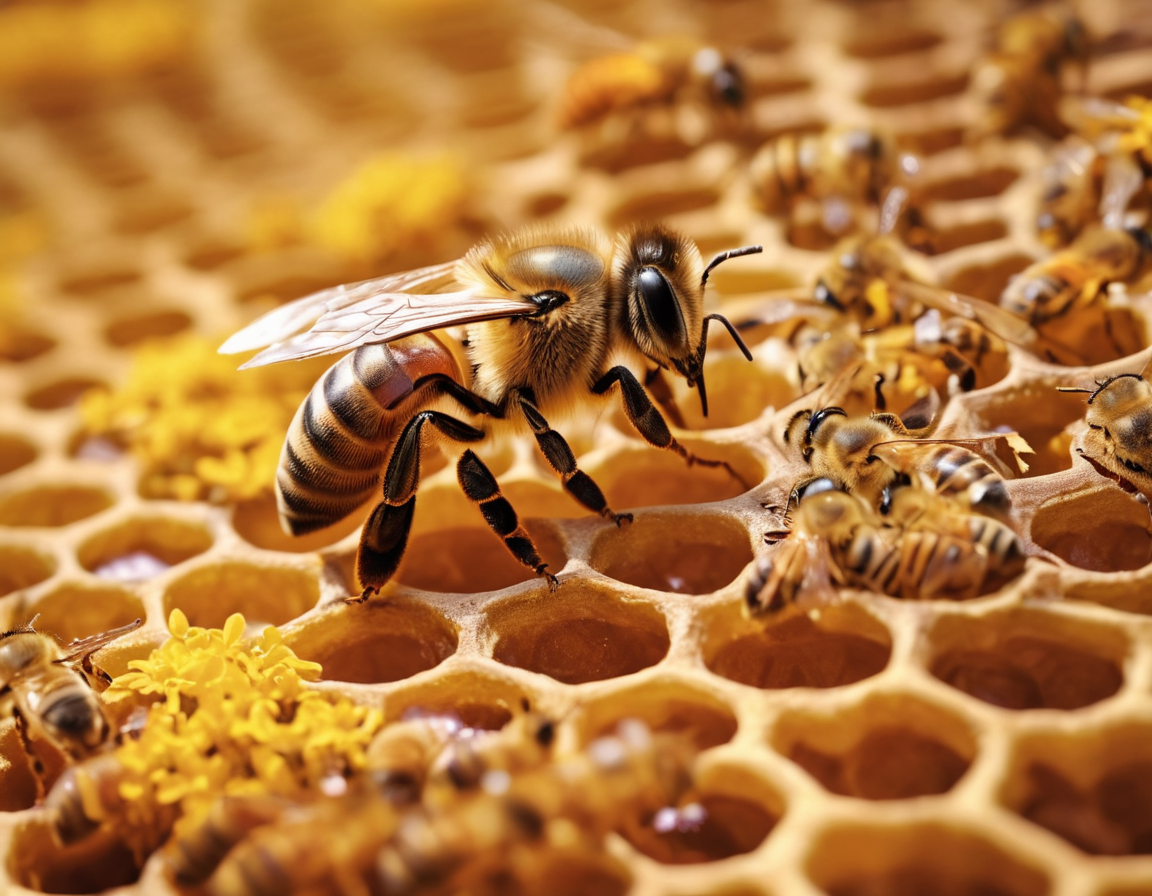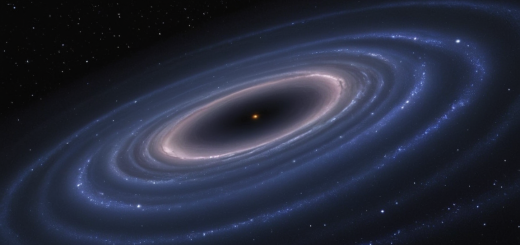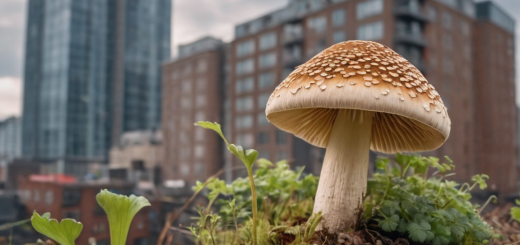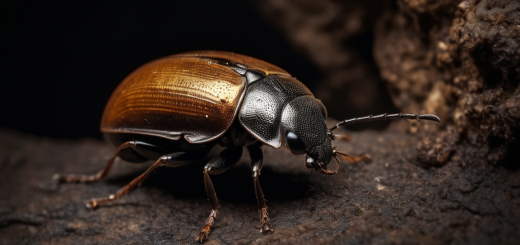The Mysterious World of Bees: A Glimpse into the Waggle Dance
Unveiling the Bee’s Secret: The Waggle Dance
Have you ever marveled at the buzzing world of bees and the sweetness of honey they produce? There’s more to these fascinating creatures than meets the eye. Dive into the depths of one of nature’s most intricate forms of communication: the waggle dance. This remarkable behaviour is a dance language that honeybees perform to share vital information about the location of food sources with their hive mates.
What is the Waggle Dance?
The waggle dance is a sophisticated method of communication used by honeybees to convey the direction and distance of flowers, water sources, or new nest-site locations from the hive. When a scout bee discovers a rich feeding ground, it returns to the hive and performs this unique dance on the honeycomb’s vertical surface.

Decoding the Dance Moves
The dance pattern is a figure-eight, with the bee waggling its abdomen vigorously during the straight part of the dance. The duration of this waggle phase indicates the distance to the target, while the angle from the sun, represented by the upward direction within the hive, points to the direction of the food source relative to the hive. It’s a precise, elegant form of communication that showcases the bees’ incredible navigational skills.
Why the Waggle Dance Matters
Understanding the waggle dance helps beekeepers and scientists to learn more about bee behavior and ecology. It also emphasizes the importance of bees in pollination and maintaining ecological balance. But this dance is now endangered by factors such as habitat loss, pesticides, and diseases.
The Impact of Human Activities
Human activities have posed several threats to bees, leading to colony decline. By learning more about the waggle dance and taking action to protect their natural habitats, we can help safeguard these essential pollinators.
So, let’s step up and join the dance to conserve the rich biodiversity that bees support. Their survival and the health of our ecosystems may depend on it.
Join the Conservation Effort
We can all play a part in protecting bees by promoting sustainable agriculture, supporting local beekeepers, and planting bee-friendly gardens. It’s time to heed the call of the waggle dance and make changes that ensure bees continue to thrive for generations to come.






